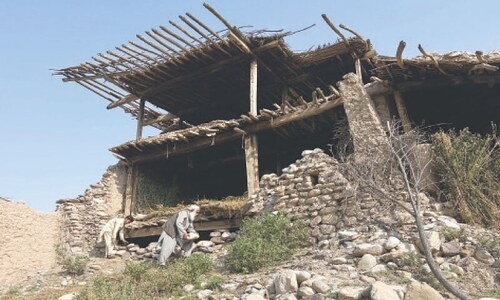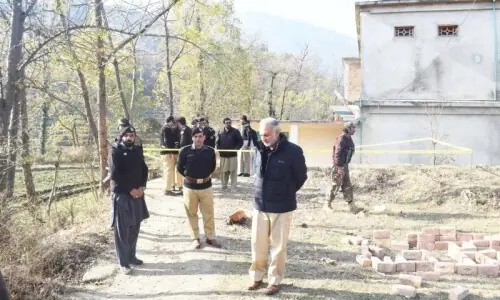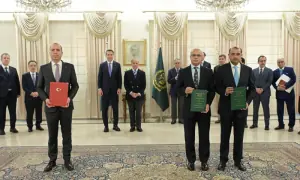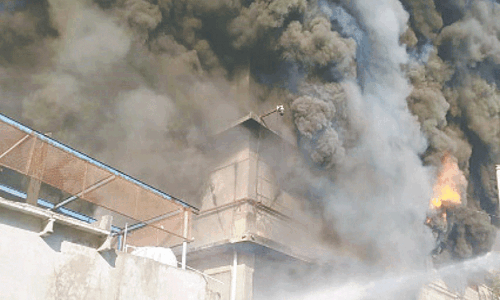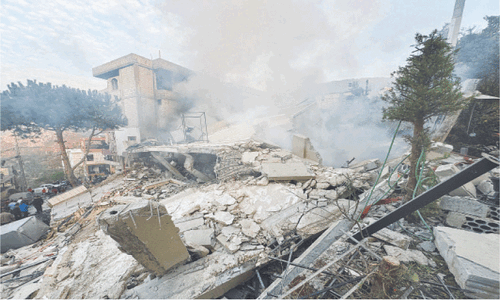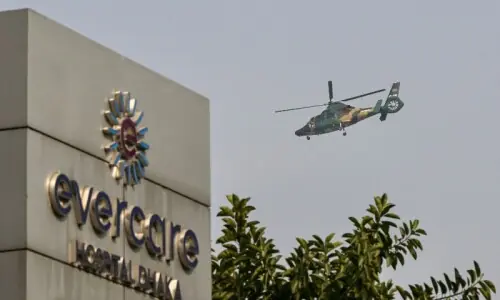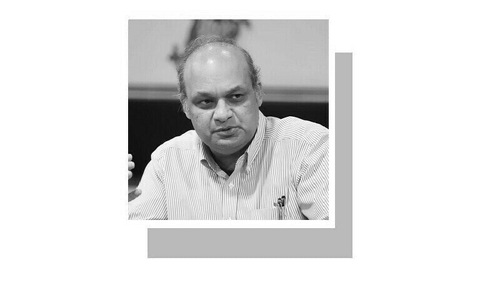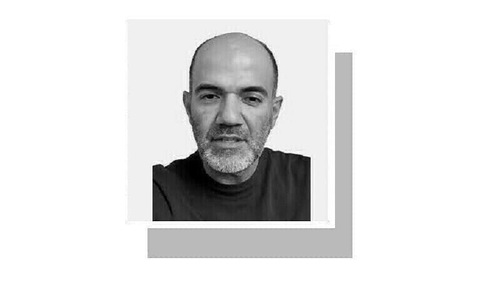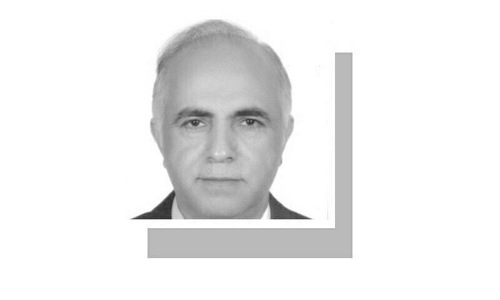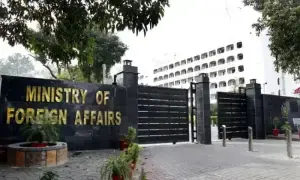
SWAT: The archaeologists claimed that the discovery of the 1st century intact murals from a Buddhist site in Swat was a landmark achievement in the history of the Gandhara civilisation in Pakistan.
They said that the discovery of the murals was a breakthrough in the Buddhist archaeology and was of immense importance.
“We have discovered some rare fresco paintings belonging to the first century from the Abbasahib-China Buddhist site in Barikot during our recent exactions. The paintings are in different poses including namaskar pose. Six of them are visible and intact,” said Saqib Raza, team leader of the archaeologists, who are busy in the excavation of the site.
Dr Abdul Samad, director of archaeology and museums, said that the discovery of the murals was unique. He said that for the first time archaeologists found intact fresco paintings at an archaeological site of the Kushan dynasty in the Gandhara civilisation.
Expert confirms first discovery of fresco paintings of Kushan dynasty
“It showed that about 2000 years ago, residents of this area were using the fresco painting techniques. Thanks to the archeologists that they discovered the murals intact. There is no other example here in Gandhara of finding intact paintings,” he said.
Mr Samad said that apart from the murals, rare Kharosthi script inscriptions and coins were also discovered by the archaeologists. He said that most often the archaeologists developed the dating on stylistic basis of the art in Buddhists sites but, for the first time, developing of the dating of the Buddhist site was carried out on the basis of artefacts, coins, inscriptions and paintings during the scientific excavation of the site.

Prof Luca M Olivieri, the director of Italian archaeological mission in Pakistan, termed the discovery extremely important. He said that it a new chapter was opened in the historical records of the early Buddhists traces in Swat.
“We believe that Swat and Gandhara had an important painting school whose traces have unfortunately faded away. The new wonderful evidence has now been documented at Abbasaheb-China, thanks to director of archaeology and museums Dr Abdul Samad to whom our gratitude and admiration go,” he told Dawn.
“Such an environment should be preserved along with the archaeological ruins in an integrated archaeological part as it has been planned at Barikot which will promote cultural tourism in Swat,” said Prof Luca.
Published in Dawn, February 8th, 2021


